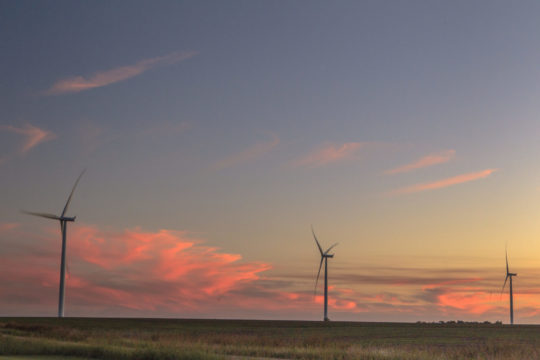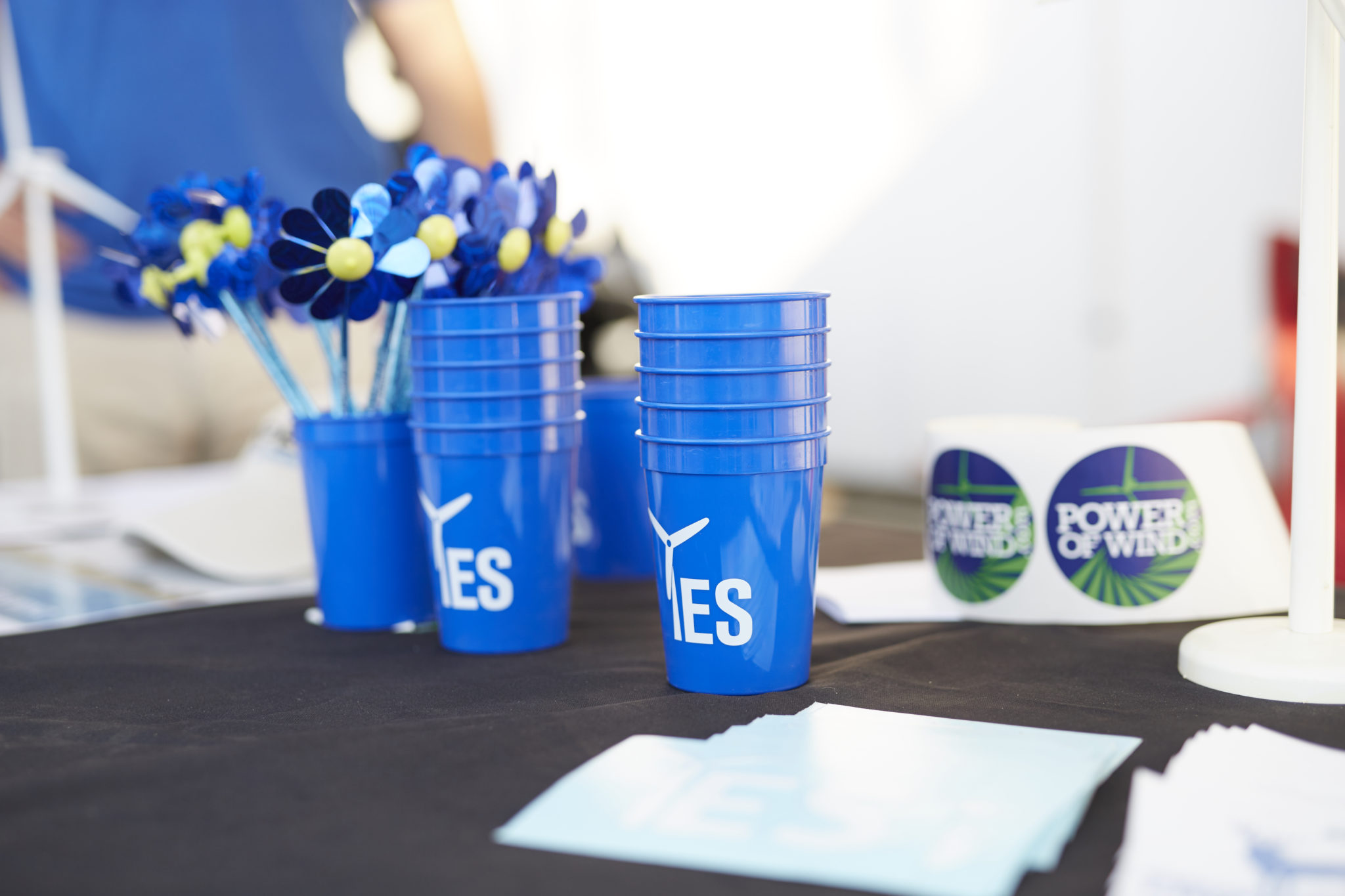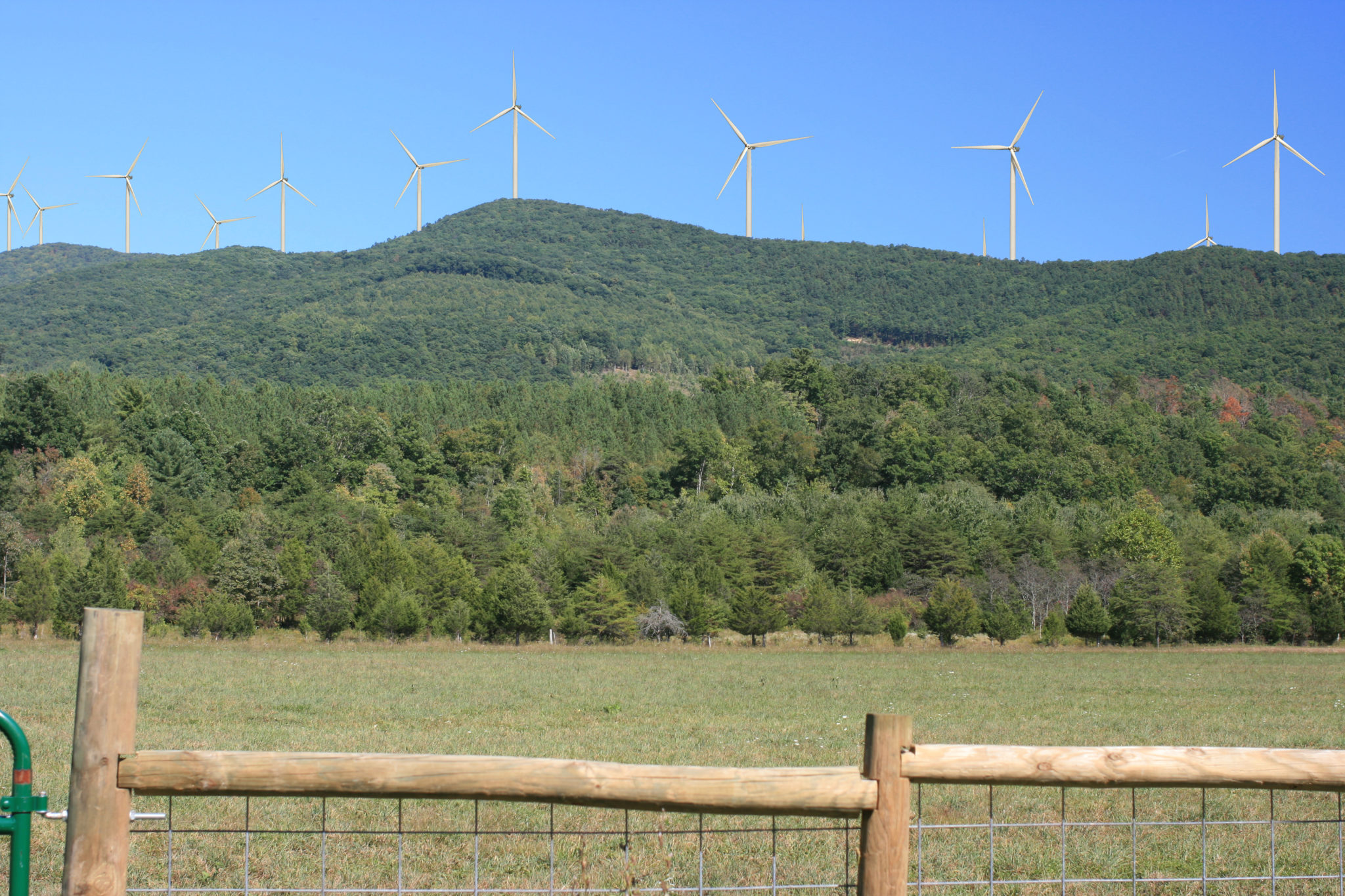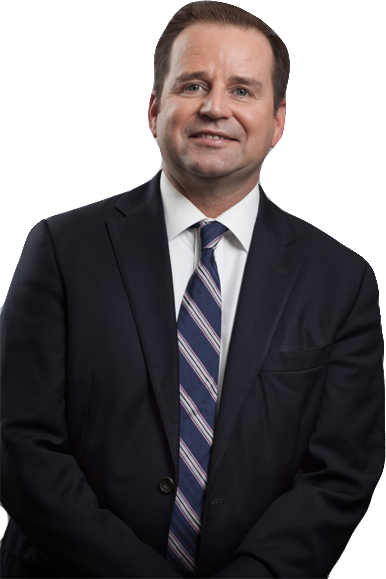Consumers Have Spoken. They Choose Renewable Energy.
People are ready to hear how we’re going to get this done. Today.
The energy industry just got a wake-up call.
Americans are overwhelmingly tired of excuses to justify slowing down the transition to clean energy.
A recent behind-the-scenes political briefing showed just how stark the numbers are: Americans want clean, modern energy, and they want it now. At present, two states, five counties, and more than 80 cities have committed to 100% renewable energy. Six cities have already realized that goal.
But for many utilities, the scramble to buy more time for the transition to clean energy is becoming an all-hands-on-deck exercise.
As all of us who have helped pioneer the clean energy movement know, it’s been a long and arduous journey. It’s also far from over. Like a tired fighter behind on the scorecards, we’re seeing the carbon-saddled companies of old roll out every punch left in their arsenal.
We are reaching a point where the headwinds clean energy has faced for decades are finally becoming tailwinds—filling our sails and driving us forward.
We’ve heard it all before: Clean energy is too expensive. The grid isn’t ready. The power is intermittent.
In reality, both the economics and the science of carbon neutrality—and carbon mitigation—are becoming painstakingly clear. This is where recent polling research delivers a potentially staggering blow to fossil fuel–burning utilities.

In a survey both deep and broad, the results came back with a clear message: there is nowhere to hide. Being against renewable energy is no longer an option. Seven of 10 respondents agreed that “in the near future, we should produce 100% of our electricity from renewable energy sources such as solar and wind.” Further, more than half think it’s a good idea even if their bills went up 30%.
That’s a strong statement. Even better, with the continued falling cost of clean energy, such increases are becoming a thing of the past.
At the same time, the arguments as to why the shift to clean energy can’t be made are falling flat. Arguments against wind, solar, and storage all sound like complaints—problems instead of solutions. People are ready to hear how we’re going to get this done. Today.
The polling data and analysis ended with a plea for utilities to proactively engage in the renewable energy conversation, with messaging focused on how we should get there, not that we shouldn’t. To many of us, it’s a signal that we are reaching a point where the headwinds clean energy has faced for decades are finally becoming tailwinds—filling our sails and driving us forward.
To be sure, many utilities are ahead of the curve, and we have long focused our core business on becoming partners in their efforts. Companies like Alliant Energy, Xcel, Southern Power, and American Electric Power (AEP) are buying renewable infrastructure that enables the diversification of their generation at scale. These are also the types of companies, being joined by more every day, that are seeking expansion of green tariffs and other measures to meet the exploding demand for 100% renewable energy by the corporate and industrial sectors, states, municipalities, rural cooperatives, and ratepaying citizens.
Results from an American Electric Power survey mirror those of the original study—almost eight in 10 Ohio residential customers “support paying more for increased use of renewable energy.”
AEP’s recently filed plan to develop 900 MW of new wind and solar power in Ohio is a massive step forward—in fact, that volume of renewable energy would more than double the Buckeye State’s existing clean resources. It’s a step toward decarbonizing the Ohio economy, attracting more leading corporate and industrial customers to the state, bringing millions of dollars of local economic development to rural counties statewide, and, of course, responding to overwhelming customer demand.
At Apex, we know that the energy companies of the future will solve climate change, not cause it. It is incredibly reassuring that American consumers, and the market, are coming around to that realization too.
History is on our side.


